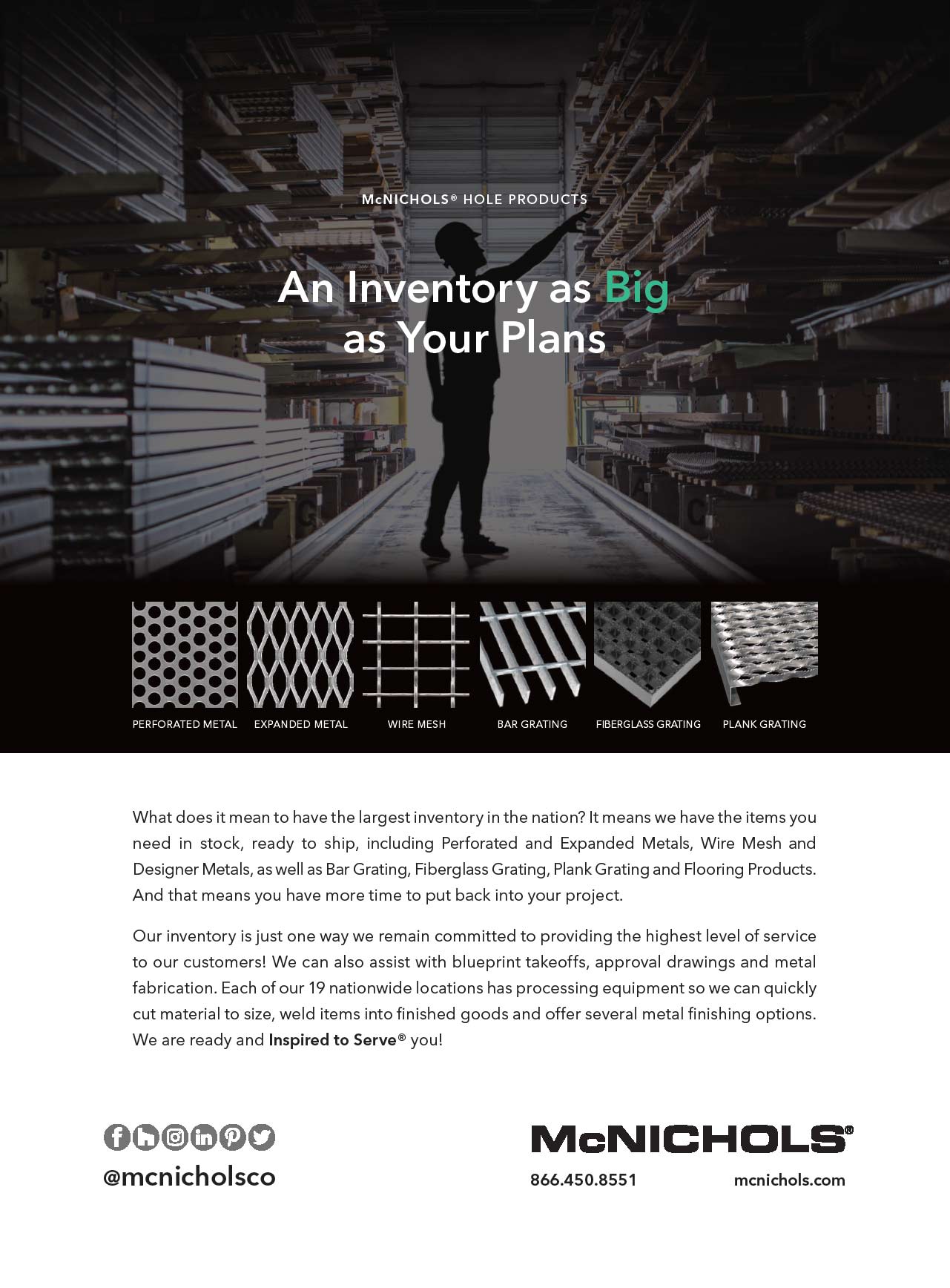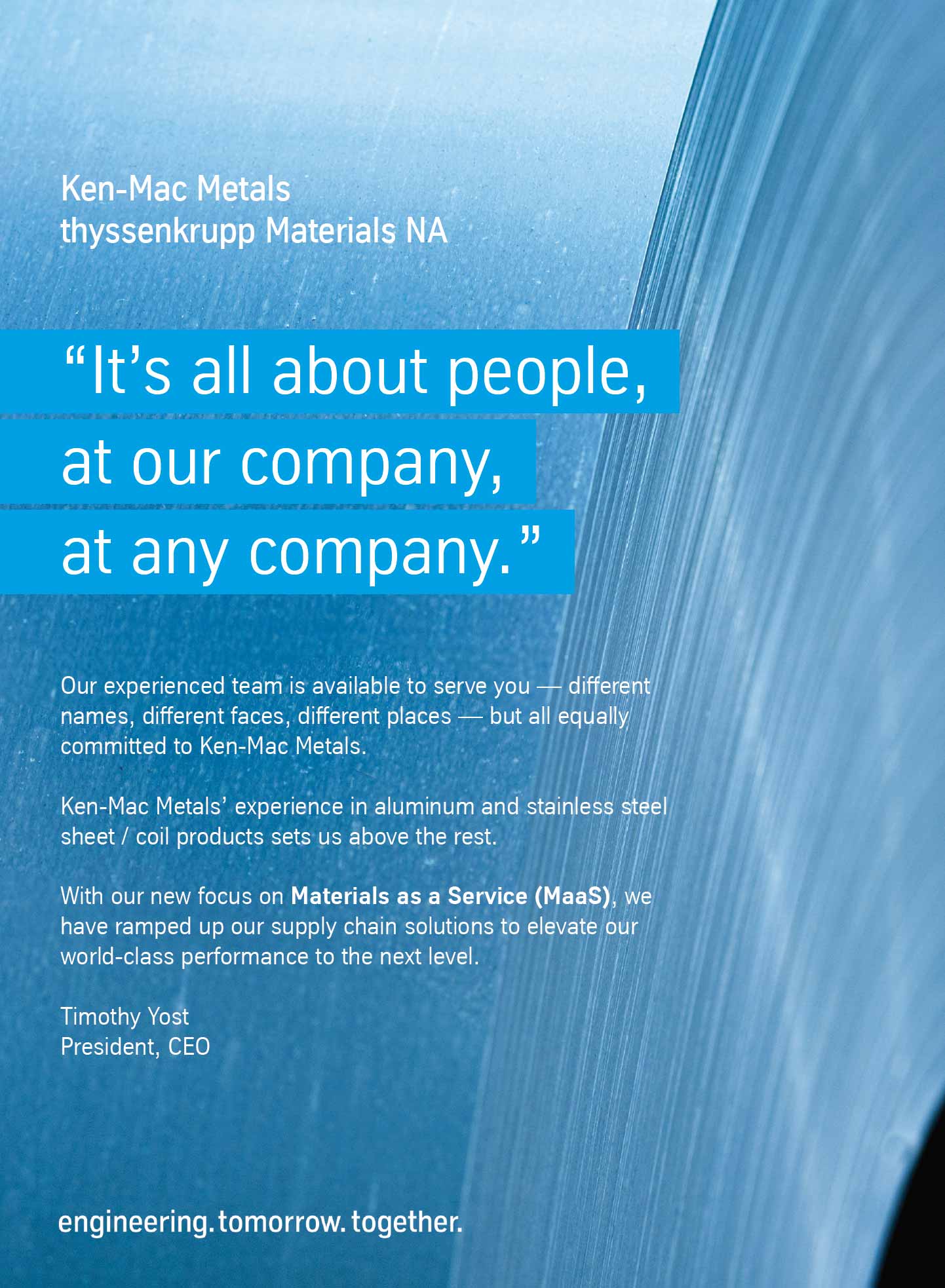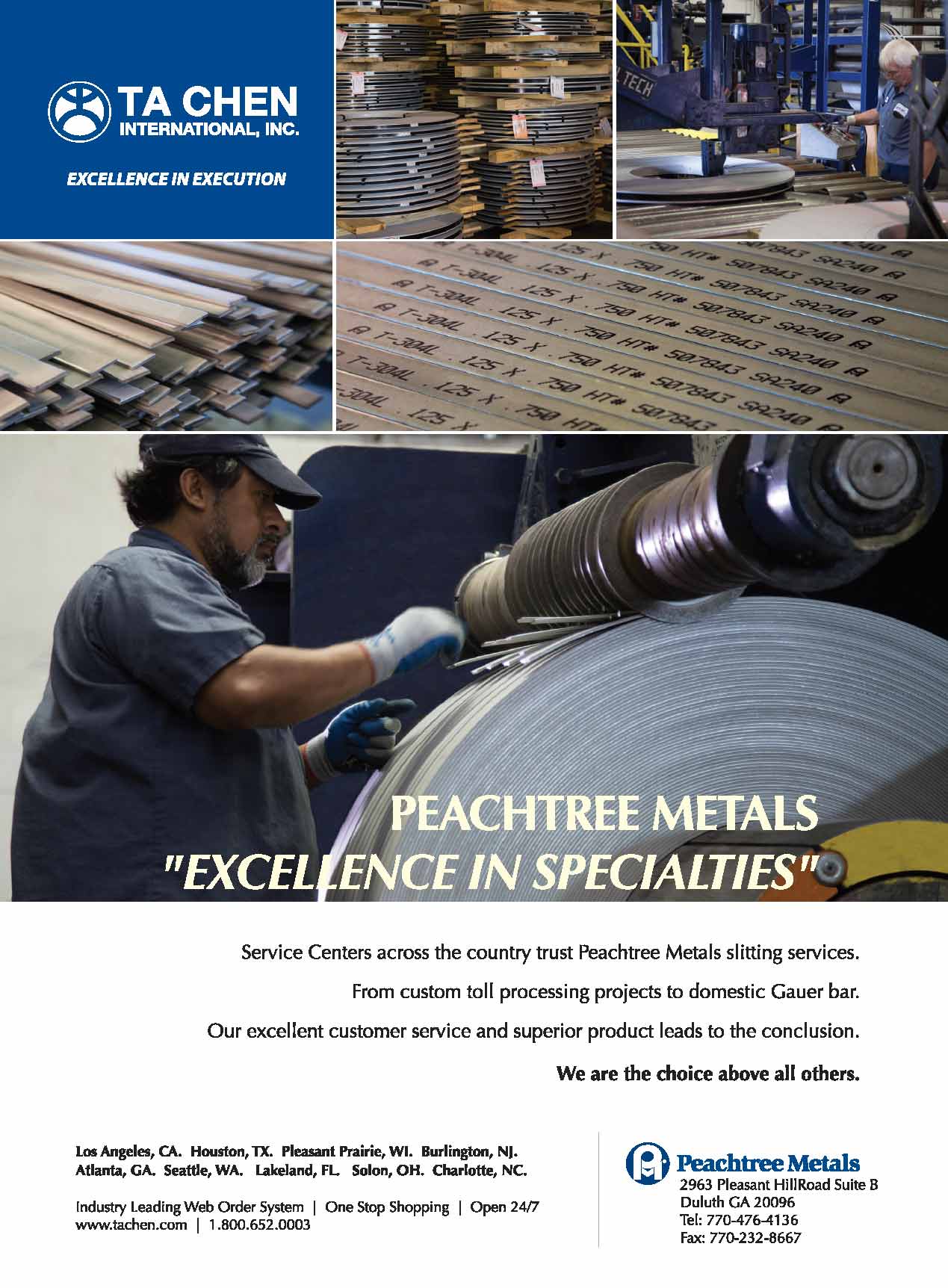nfrastructure is the physical framework upon which the U.S. economy operates, and on which the country’s standard of living depends, according to a study released Feb. 1 by the American Society of Civil Engineers. ASCE is the organization that grades America’s infrastructure every four years. The 2017 grade was D+.
As a preview to its 2021 report card, ASCE issued an analysis, titled “The Failure to Act,” which compares current and projected needs for infrastructure investment against the current funding trends in surface transportation (highways, bridges, passenger rail, transit); water and wastewater; electricity; airports; and seaports and inland waterways.
The total documented cumulative investment gap between projected needs and likely investment in these critical major infrastructure systems will reach $2.6 trillion by 2029. If legislators fail to address the investment gap, the U.S. economy is likely to lose more than $10.3 trillion in GDP by 2039. These losses include export and import opportunities, widening the nation’s trade deficit. Job losses will mount annually: By 2039, the U.S. economy is predicted to support 3 million fewer jobs than under baseline conditions.
“Infrastructure deterioration is progressive, and the economic effects will dramatically escalate over time from a business-as-usual approach,” the study’s authors say. However, “much of the economic declines from worsening infrastructure, particularly those forecast from 2030 through 2039, can be prevented with thoughtful investment programs that address documented deficiencies.”
According to Kevin Dempsey, president and CEO of the American Iron and Steel Institute, Washington, D.C., “We have all the right elements to do a major infrastructure bill. It is one of Biden’s top priorities” after achieving COVID-19 relief.

We’re relentlessly committed to passionate customer service, offering versatile operations and the industries’ most expansive national footprint.
Come ride the VORTEQ wave of momentum for your coil coating needs! Let’s get started at vorteqcoil.com
The last Surface Transportation bill expired but was then extended for one year, to Sept. 30, 2021. “We are in the window to get a new major bill done. It is one of AISI’s top priorities, and we are working with the Congressional Steel Caucus.”
Three caucus members also sit on the House Committee on Transportation and Infrastructure (T&I), so there are “people in the right places,” Dempsey says.
Much drafting was already done during 2020 by the Democratic majority in the House, but the funding package wasn’t picked up by the Senate. However, that language can act as the basis for new legislation.
Although Democrats control the House and, nominally, the Senate, bipartisanship is going to be necessary for passage, Dempsey suggests.
Photo: Oregon Department of Transportation
 it should cover a wide array of infrastructure with sustainable funding over a long period of time.
it should cover a wide array of infrastructure with sustainable funding over a long period of time. 
Other key ingredients should include drinking water, an update of the electrical grid and other energy infrastructure, plus rail transit.
“It should be broad and cover a wide array of infrastructure (including broadband and new schools) with sustainable funding over a long period of time,” he says. “That’s where you get multi-year steel-intensive projects.”
AISI uses a couple of metrics when talking about infrastructure spending. “A billion dollars in infrastructure requires 50,000 net tons of steel, and that is everything including cell towers. That is one measure of benefit to the industry,” says Dempsey. Secondly, every $1 trillion in spending creates 3 million jobs over five years. That includes construction and many other industries, such as steel. So the spending is critical for the economy.”
With President Biden’s stance on climate change policy, Dempsey foresees a building out of a green energy grid. “Wind and solar will be part of the solution we think should be made with American steel. There is a place for wind, solar and natural gas,” to replace coal and other fossil fuels.
“The president wants to move the [federal government’s] fleet of vehicles to zero emission. That means electrification. There is an advantage for steel in that. Electric vehicles must employ mass reduction to run longer on one charge. The battery pack needs to be well protected. Steel is the best material for strength and durability while still having low mass so the vehicle can operate long distances. We think an EV fleet will mean more steel purchased.”
“But there is pressure to get things done. Between [Sen.] Chuck Schumer and Biden, there may be more pressure to play ball.
“It’s hard to handicap the over-under on getting a Surface Transportation bill [passed],” Crawford says. “There are at least two dozen senators inclined to be bipartisan and who don’t want to see legislation slam-dunked by partisanship.”
Photo: Colorado Department of Transportation
Like Crawford, Bost wants a bipartisan bill. “When Trump came to an agreement with Pelosi and Schumer, they agreed on $2 trillion, but that was prior to the pandemic,” Bost notes.
“Nothing is more important to interstate commerce than infrastructure—roads and waterways. I have three navigable waterways in my district [the Illinois, Mississippi and Ohio rivers]. Whether it’s highways or building out the best possible internet connections, water and sewer lines, air and rail—as we move forward, there are advantages for everyone.
“We must pass [a new] Surface Transportation bill by Sept. 30. We have to do that. But we hope it’s more than that—a larger infrastructure bill. Both parties understand the importance of doing that. [The difficulty is] how to remove the politics.”
The benefits of sufficient funding are evident. “Jobs creation is one thing. It’s not just construction [work] but [the impact] spreads throughout the economy.” Long term, healthy infrastructure “allows us to compete globally; the economy continues to improve after construction is completed.
“The conversation about a spending bill is occurring in the Caucus and other committees right now,” Bost says. “Each group is talking about what we need to do and where to go. I don’t know of any member who says we don’t need this.”
“It is critical here that there are provisions making sure steel is poured and melted in the United States,” says Dempsey. The Highway Trust Fund, supported by a gasoline tax, “has strong Buy American provisions. Water projects, too. The rail and transit arena should also have strong Buy American provisions,” so that public transportation agencies are “not buying foreign railcars,” for example.
As Biden and congressional Democrats are focused on sustainability, there is an advantage for steel in that, Dempsey says. “The product is durable, adaptable, lightweight. The United States is among the top seven steel producers and is the lowest greenhouse gas emitter in the world. How do you promote buying clean products? You buy clean by purchasing American-made steel,” he says.
“I am always going to support Buy American provisions to combat Chinese dumping of steel,” Crawford says.
“We need Buy American provisions. We have to use American steel, and everything we use [should be made from] products created here,” says Bost.
“The even split in the Senate may make it easier to get to a middle ground,” he says. “Biden’s experience working across the aisle will help forge a compromise. We all want to see a major bill done by July 4.”





